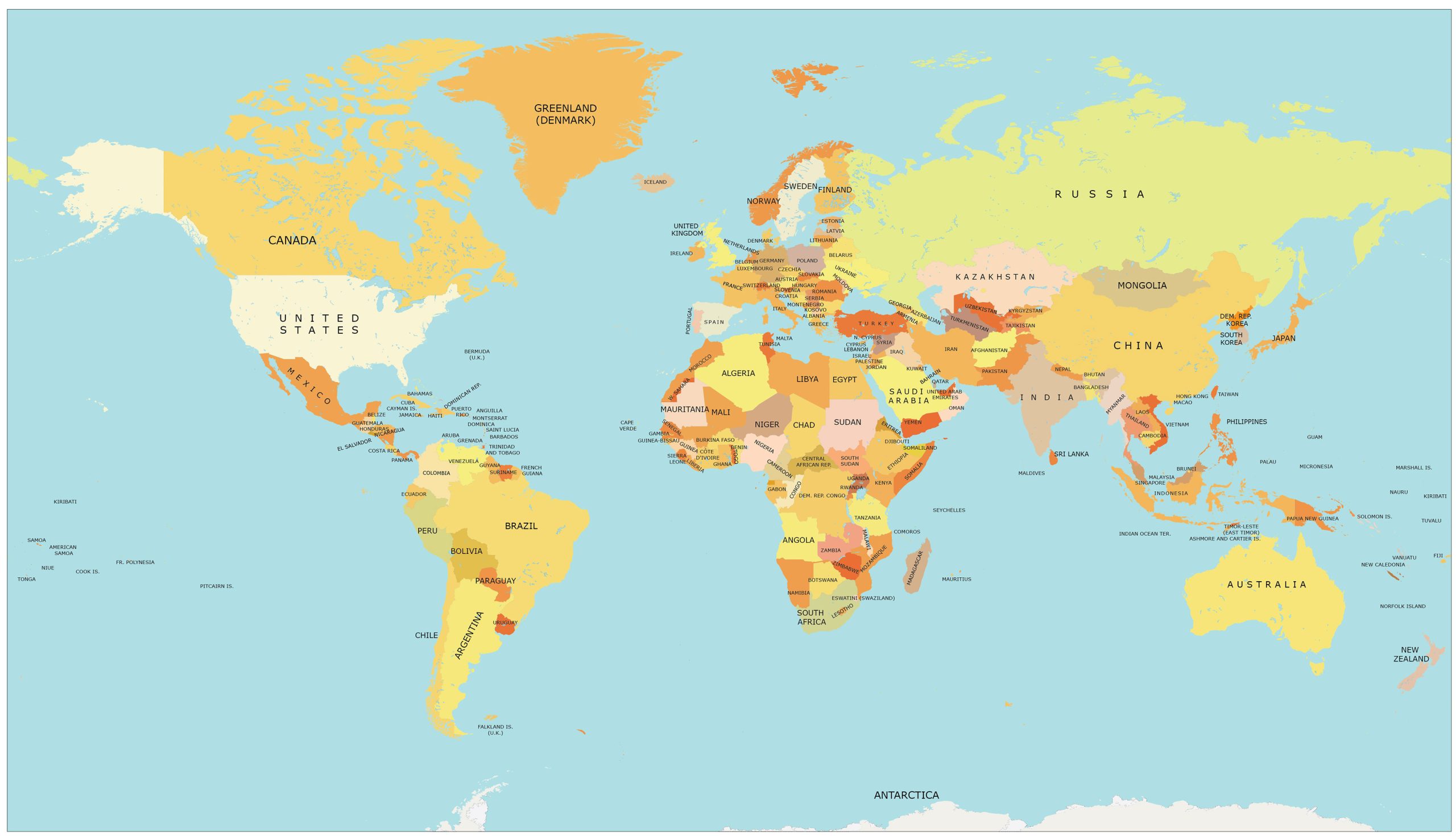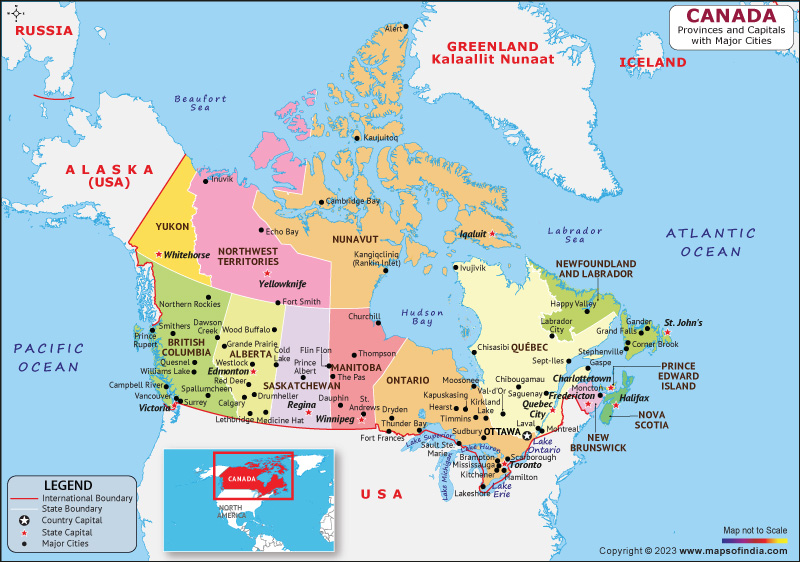
>
Beyond Borders: Unveiling the Living Map of Native American Nations
A map isn’t just lines and colors; it’s a narrative. For Native American populations, a distribution map is a profound story of ancient civilizations, devastating displacement, extraordinary resilience, and enduring identity. It’s a dynamic, living document that transcends simple geography, offering a window into millennia of history, culture, and the ongoing struggle for sovereignty. For anyone interested in truly understanding North America, interpreting this map is not merely an academic exercise, but a vital journey into the continent’s soul.
The Pre-Colonial Tapestry: A Continent of Nations

Before the arrival of Europeans, the North American continent was not an empty wilderness, but a vibrant, intricate tapestry of hundreds of distinct Indigenous nations, each with its own language, governance, spiritual beliefs, and sophisticated societal structures. Population distribution was a reflection of ecological diversity and advanced adaptation.
The Eastern Woodlands (Northeast and Southeast) were densely populated by agriculturalists and hunter-gatherers, including the powerful Iroquois Confederacy, the Cherokee, Choctaw, Creek, and Seminole. Their villages dotted river valleys, connected by extensive trade networks. Population centers were often tied to fertile lands and abundant resources.
The Great Plains, often romanticized as solely nomadic buffalo hunters, also hosted settled agricultural communities (e.g., Mandan, Hidatsa) along rivers, alongside nomadic groups like the Lakota, Cheyenne, and Comanche, whose populations ebbed and flowed with the buffalo migrations.
The Southwest was home to highly sophisticated Pueblo cultures (Hopi, Zuni, Acoma), who built multi-story dwellings and intricate irrigation systems, creating dense, stable communities in arid landscapes. Alongside them were the Navajo (Diné) and Apache, who also thrived in this challenging environment.
The Pacific Northwest boasted some of the densest pre-contact populations, supported by abundant salmon, cedar, and marine resources. Nations like the Haida, Tlingit, Kwakiutl, and Coast Salish developed rich artistic traditions, complex social hierarchies, and permanent villages.
California was home to an astonishing linguistic and cultural diversity, with hundreds of smaller tribes, many with unique adaptations to local ecosystems, from coastal abundance to desert resilience.
This pre-colonial map was a fluid, organic entity, defined by traditional territories, trade routes, and kinship, not rigid European-style borders. Population density varied greatly, but every corner of the continent was known, named, and stewarded by Indigenous peoples. This era represents a period of immense human achievement and ecological harmony, a foundational truth often overlooked in mainstream historical narratives.
The Cataclysm and Reshaping the Map: Colonial Conquest and Disease
The arrival of Europeans fundamentally and tragically reshaped this demographic map. The single greatest factor in the initial population decline was not warfare, but disease. Lacking immunity to European pathogens like smallpox, measles, and influenza, Indigenous populations suffered catastrophic losses, with estimates suggesting up to 90% mortality in some regions. Entire villages were wiped out, leading to massive demographic shifts even before significant European settlement.
Following this biological catastrophe came the relentless tide of colonization. European powers, and later the United States, viewed Indigenous lands as available for conquest and settlement. Early treaties, often coerced and rarely honored, attempted to define boundaries, but these were consistently broken as settler populations expanded. Wars of extermination, forced displacement, and the systematic destruction of traditional food sources (like the buffalo on the Plains) further devastated Native populations and fragmented their territories.
By the early 19th century, the map was no longer a reflection of Indigenous self-determination, but a testament to colonial ambition. The original, vast territories of nations were shrinking, replaced by an ever-moving "frontier" that pushed Indigenous peoples further west.
The Era of Removal and Reservations: Engineering Displacement
The 19th century marks the most significant, and often most brutal, phase in the remapping of Native American populations: the era of forced removal and the establishment of the reservation system.
The Indian Removal Act of 1830 authorized the forced relocation of Southeastern nations (Cherokee, Choctaw, Chickasaw, Creek, Seminole) to "Indian Territory" (present-day Oklahoma). The infamous Trail of Tears saw thousands die during the brutal marches. This act of ethnic cleansing dramatically altered the demographic map, concentrating diverse groups into a smaller, designated area, often far from their ancestral lands.
As the United States expanded westward, the reservation system became the primary tool for managing Indigenous populations. Reservations were tracts of land, often marginal and undesirable, "reserved" for Native American tribes, effectively isolating them from the expanding settler society. The stated goal was often to "civilize" and assimilate Indigenous peoples, but the practical effect was to dispossess them of vast ancestral territories and confine them to limited spaces.
The Dawes Act (General Allotment Act) of 1887 further fragmented Native landholdings. It broke up communal tribal lands into individual allotments, with the "surplus" land then sold off to non-Native settlers. This policy aimed to destroy tribal communal structures and force assimilation into individualized, capitalist farming. It resulted in the loss of two-thirds of the remaining Native American land base by 1934, further shrinking and fragmenting reservation boundaries on the map.
By the turn of the 20th century, the map showed Native American populations largely confined to hundreds of geographically disparate reservations, a stark contrast to their pre-contact distribution. These reservations, however, became crucial bastions of cultural survival and the foundation for future self-determination.
The 20th Century: Resilience, Reorganization, and Urbanization
The 20th century brought new challenges and renewed assertions of Indigenous identity. Policies like the Indian Reorganization Act of 1934 aimed to reverse some of the Dawes Act’s damage by encouraging tribal self-governance and communal land ownership. However, the mid-century saw the devastating Termination Policy (1950s-1960s), which sought to end the federal government’s relationship with tribes, abolishing reservations and terminating federal services. This policy led to the loss of land and federal recognition for over 100 tribes, further complicating the population map.
Simultaneously, the Federal Relocation Program (1950s-1970s) encouraged Native Americans to leave reservations and move to urban centers for job opportunities. While ostensibly offering economic advancement, it was also an assimilationist policy, aiming to break tribal ties. This led to the significant growth of urban Native American populations, creating new demographic clusters in cities like Los Angeles, Phoenix, Chicago, and Minneapolis. Today, a majority of Native Americans live in urban areas, a crucial but often overlooked aspect of the contemporary distribution map.
Despite these pressures, the late 20th century witnessed a powerful self-determination movement. Tribes began to assert their sovereignty, revitalize languages and cultures, and fight for land rights and economic development. This era saw a significant population rebound, driven by increased self-identification and improved health outcomes.
The Contemporary Map: Sovereignty, Urban Centers, and Enduring Identity
Today’s map of Native American population distribution is a complex, multi-layered representation of this long and turbulent history.
Reservations and Tribal Lands: These remain the visible anchors of Indigenous presence. Over 574 federally recognized tribes in the United States administer over 330 reservations, trust lands, and tribal communities, encompassing diverse geographies from deserts to mountains to coastal regions. These are not merely land parcels; they are sovereign nations, exercising inherent governmental powers, running their own schools, police forces, and economic enterprises. The map of reservations highlights areas where Indigenous cultures and languages are actively maintained and revitalized, often serving as cultural strongholds.
Urban Native American Populations: As noted, a significant and growing portion of the Native American population lives in urban areas. These communities are incredibly diverse, often comprising individuals from many different tribal nations, creating vibrant intertribal cultural centers and organizations that foster identity and community away from traditional lands. These urban hubs are crucial for understanding the full scope of Native American life today.
Unrecognized Tribes: The map also implicitly acknowledges "unrecognized" tribes – Indigenous communities who maintain their identity and culture but lack federal or state recognition. Their lands may not appear as "reservations," but their presence is a vital part of the Indigenous mosaic, often fighting for their historical and cultural rights.
Beyond Fixed Borders: It’s important to remember that Indigenous identity and connection to land are not confined to reservation boundaries. Many individuals live off-reservation but maintain strong ties to their ancestral lands and tribal communities. The map, therefore, should be interpreted not as a definitive limit, but as a series of important focal points within a broader, interconnected Indigenous world.
Identity and Sovereignty: The Living Legacy
The map of Native American population distribution is ultimately a testament to the enduring strength of Indigenous identity and the unwavering pursuit of sovereignty. Each dot, each shaded area, represents a community that has survived immense adversity.
Identity is deeply intertwined with place, language, and culture. For many, land is not just property but a spiritual relative, a source of identity, knowledge, and well-being. The struggle for land rights, resource protection (e.g., against pipelines, mining), and environmental justice is a continuation of the fight for self-preservation and cultural survival.
Sovereignty means the right to self-governance, to determine one’s own future, to practice one’s own laws and traditions. The economic development on reservations, from casinos to renewable energy projects, is a manifestation of this sovereignty, aimed at creating self-sufficiency and improving the lives of tribal members. Language revitalization programs, cultural centers, and tribal colleges are vital efforts to strengthen identity for future generations.
Engaging with the Map: For Travelers and Learners
For those traveling through North America or seeking to deepen their historical understanding, interpreting this map is an essential first step.
- Acknowledge the Land: Understand that virtually all land in the Americas is ancestral Indigenous territory. Learning whose land you are on is a fundamental act of respect.
- Look Beyond the Obvious: The map of reservations is only part of the story. Recognize the presence of urban Native communities and the continuing connection Indigenous peoples have to lands beyond official boundaries.
- Seek Indigenous Voices: When learning about Native American history and culture, prioritize Indigenous perspectives. Visit tribal museums, cultural centers, and engage with tribal tourism initiatives.
- Support Tribal Economies: When possible, support Indigenous-owned businesses and artists. This directly contributes to tribal self-determination and economic well-being.
- Understand Sovereignty: Recognize that reservations are not "federal land" but distinct nations with their own laws and governments. Respect tribal laws and customs when visiting.
The map of Native American population distribution is far more than a geographical diagram. It is a profound historical record, a testament to unparalleled resilience, and a vibrant declaration of ongoing presence. It challenges us to look beyond simplistic narratives and to acknowledge the complex, living legacy of the continent’s first peoples – a legacy that continues to shape the identity and future of North America.
